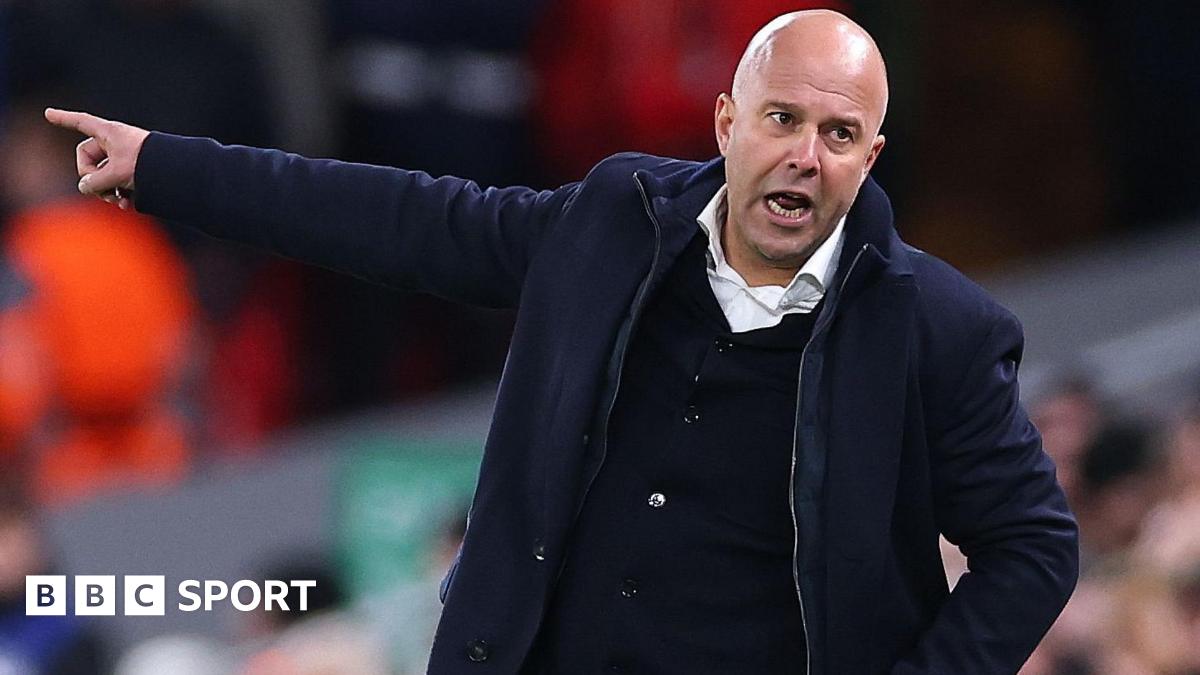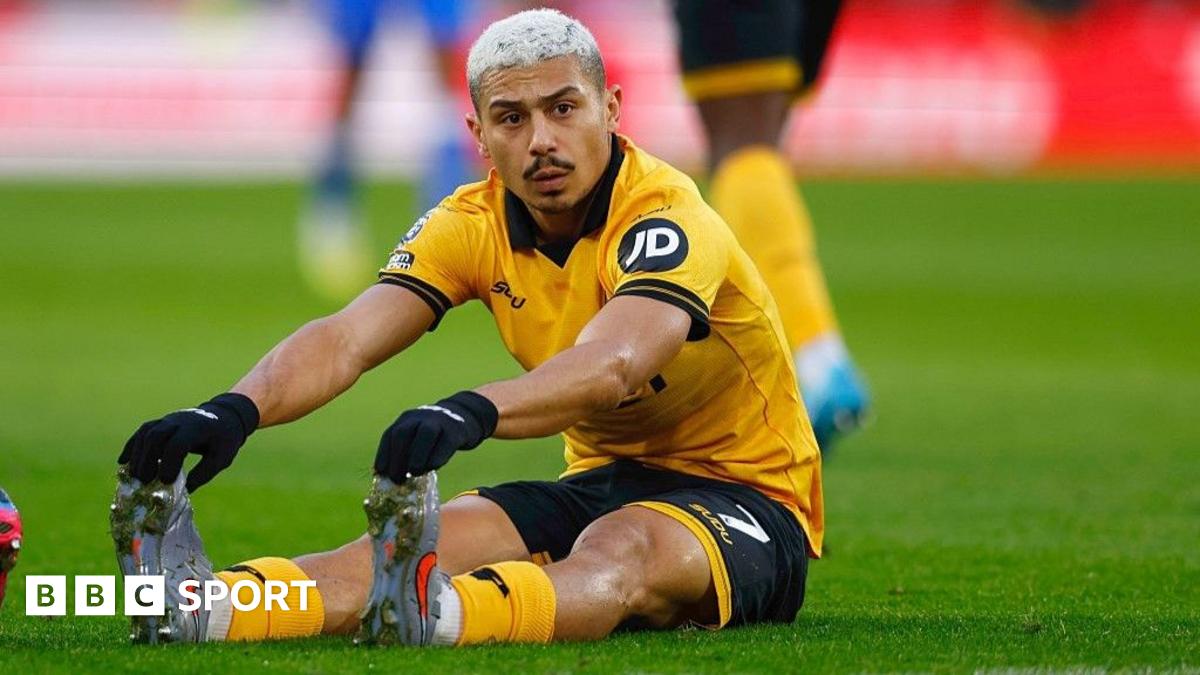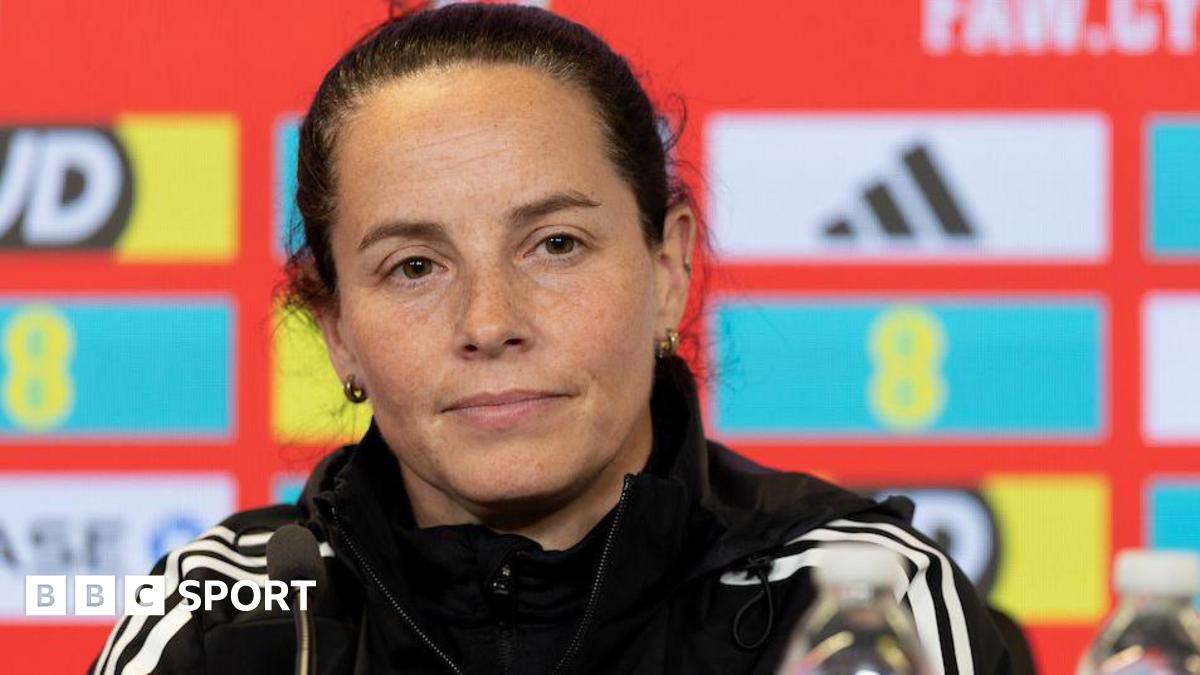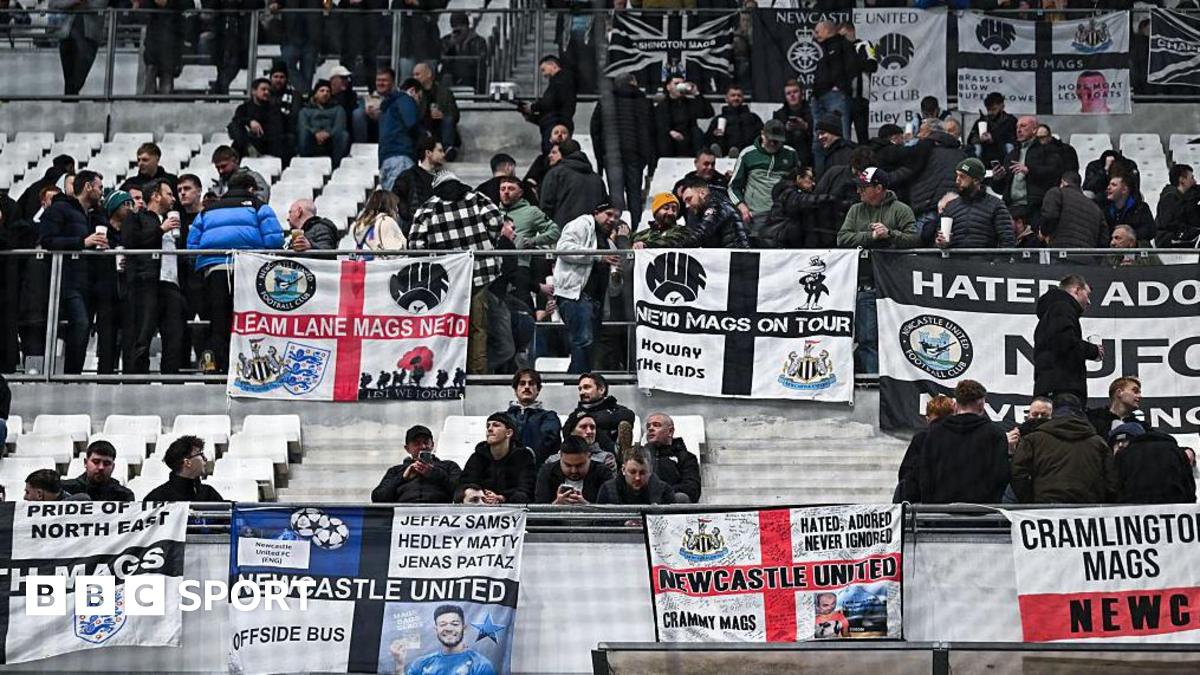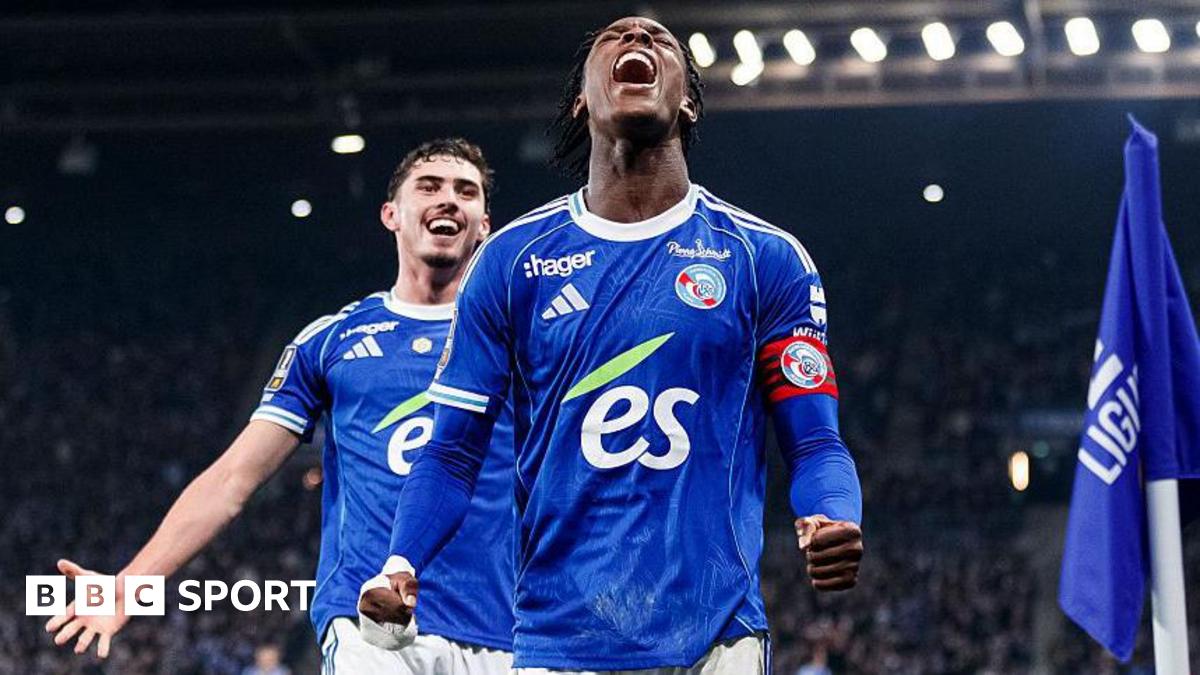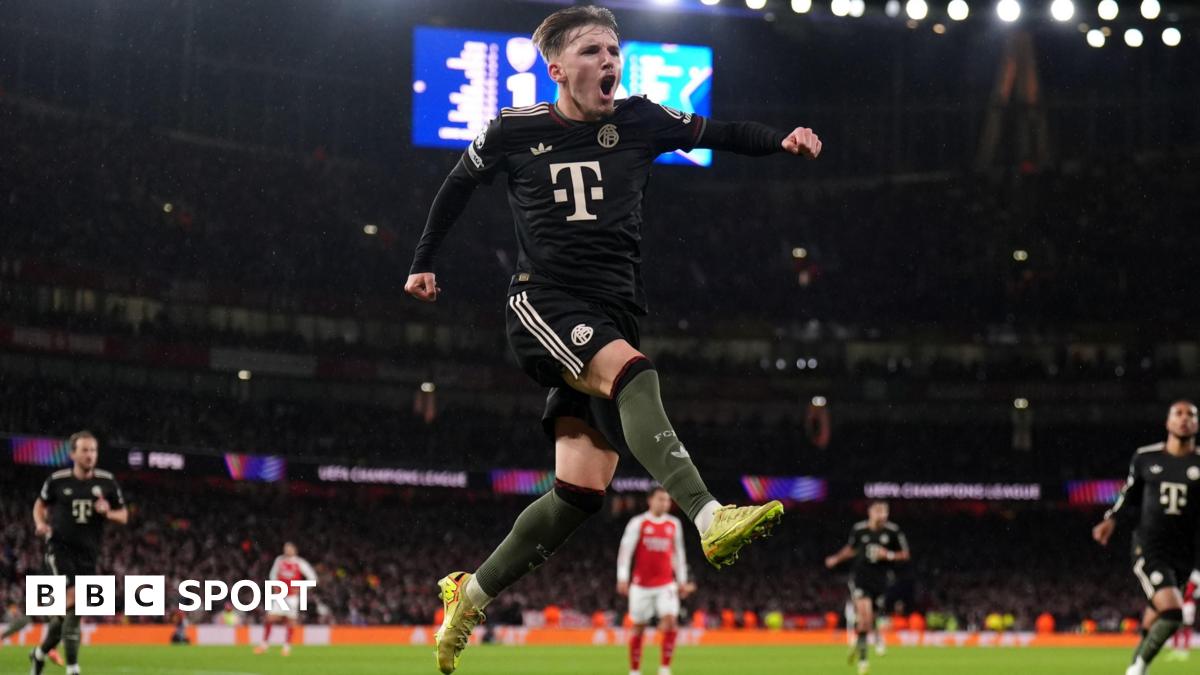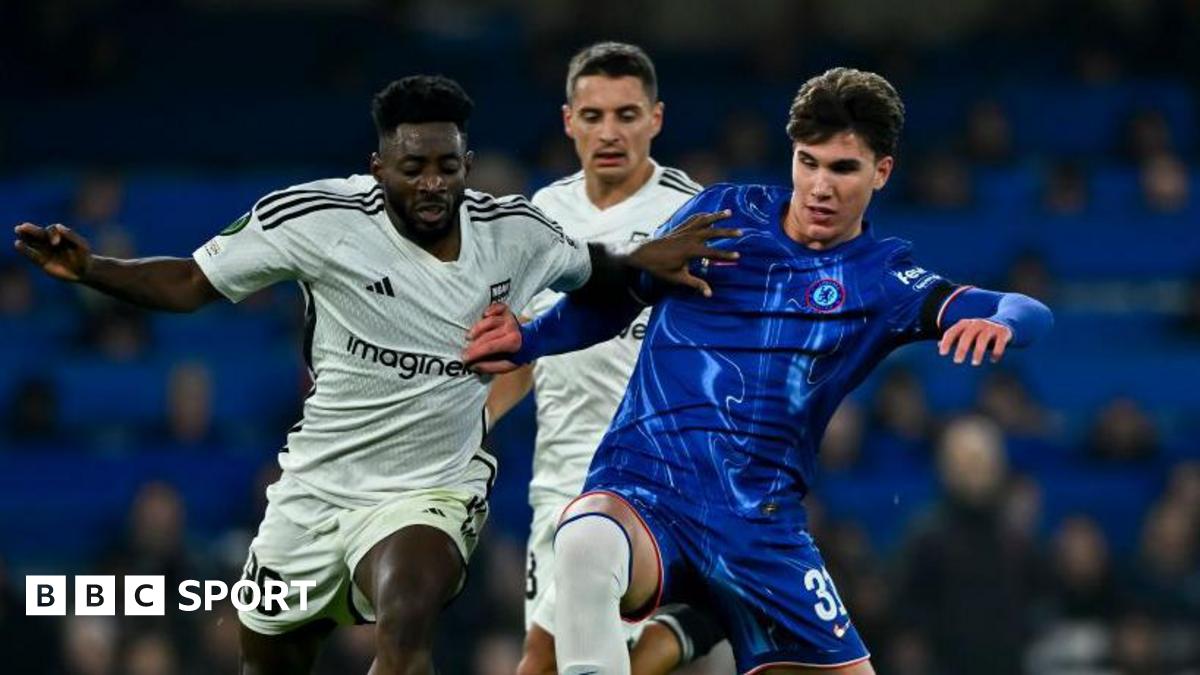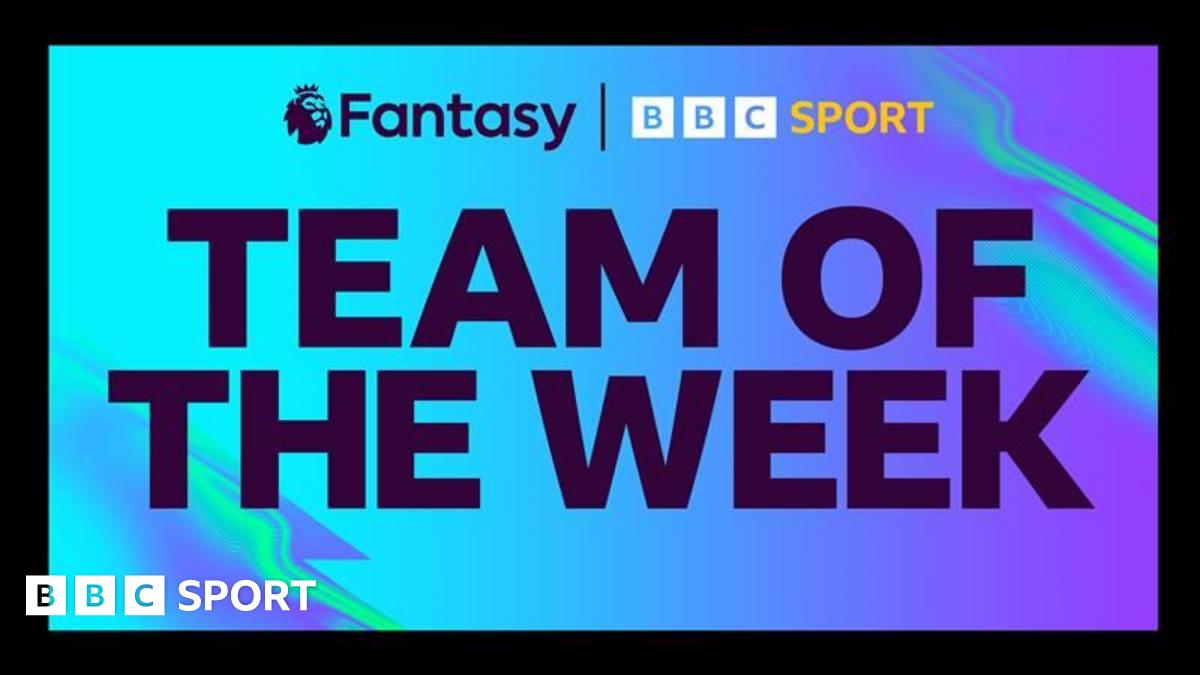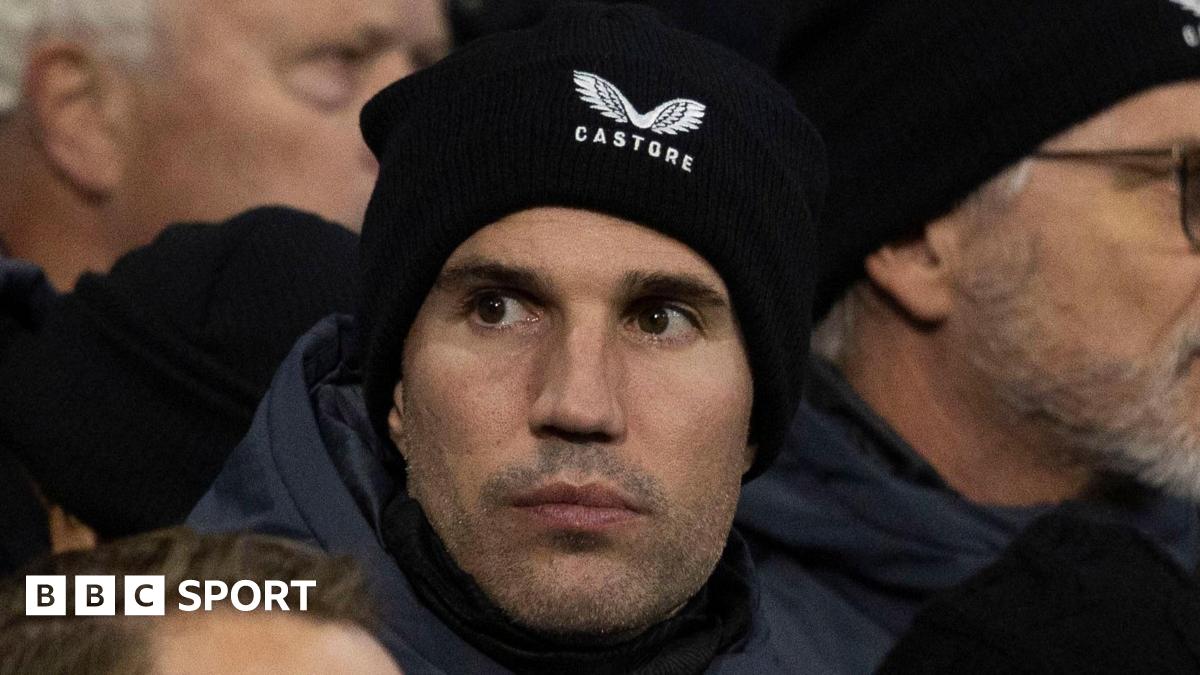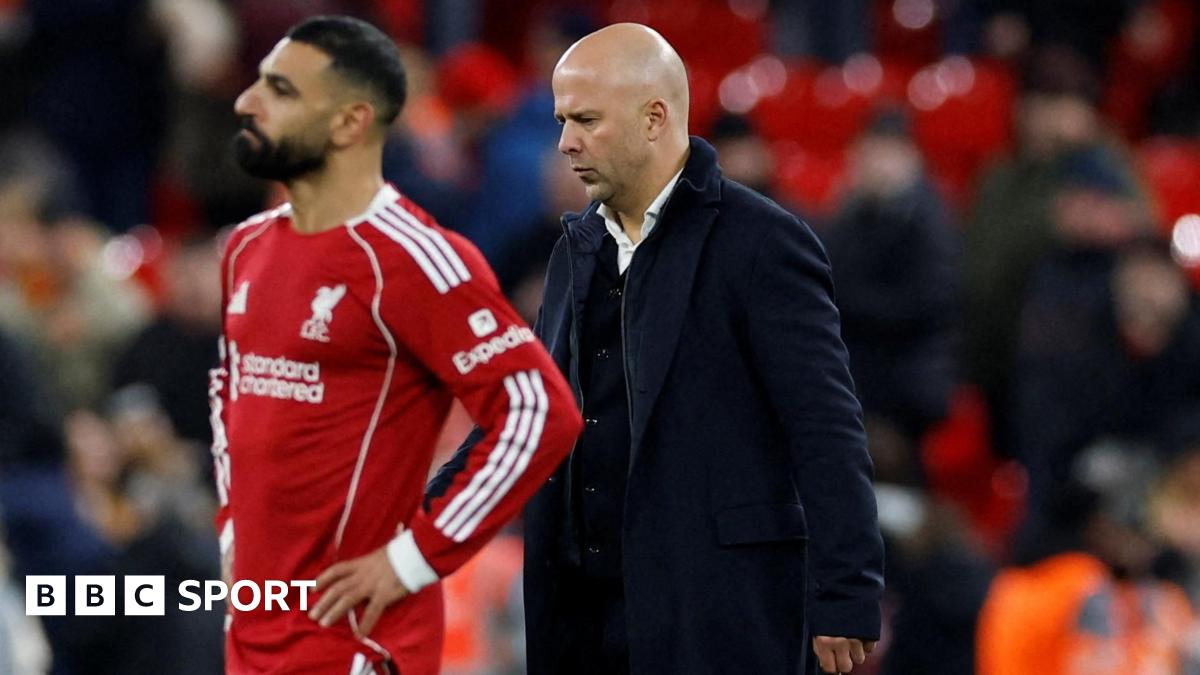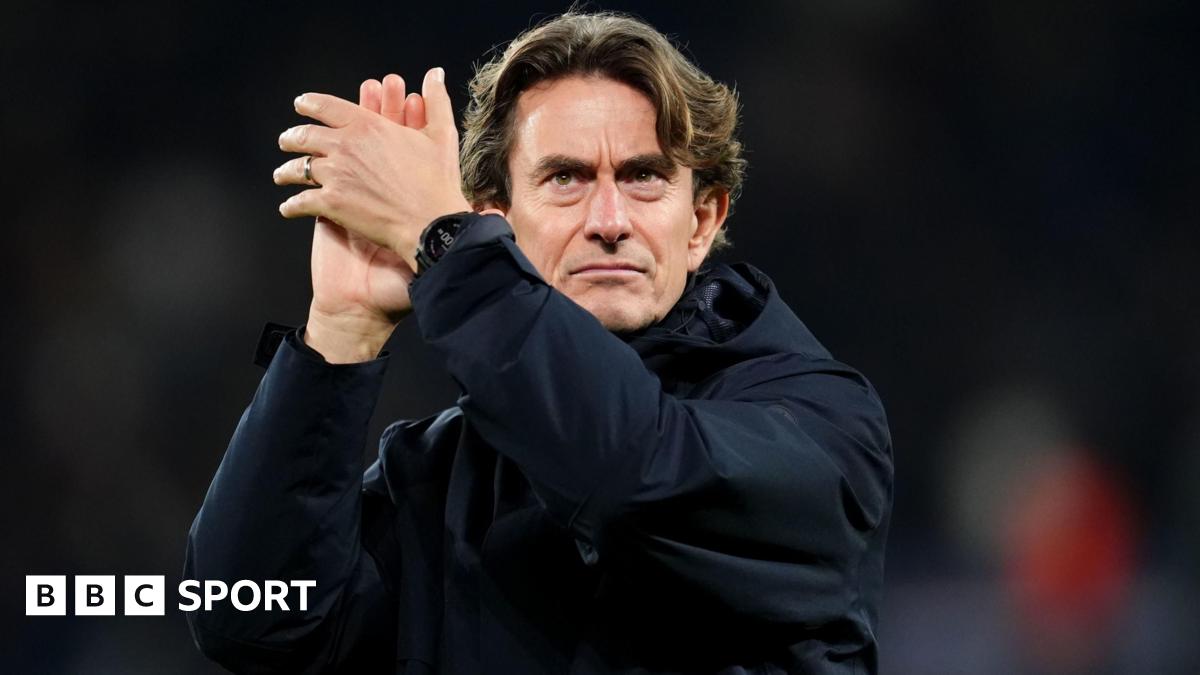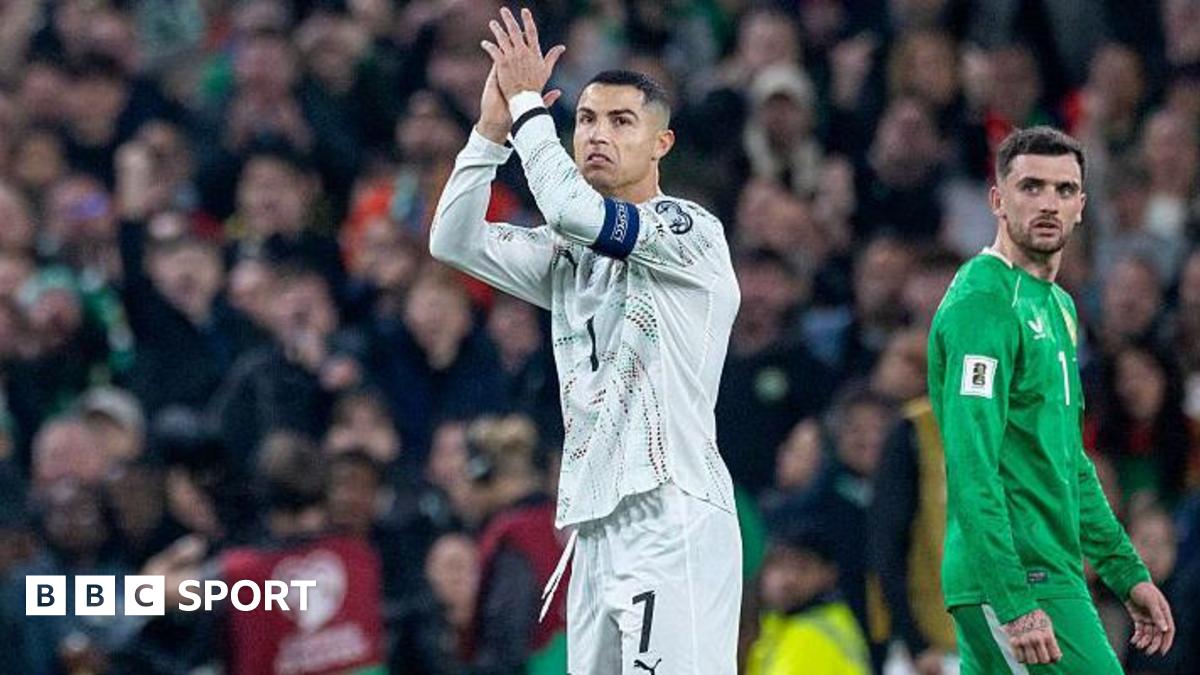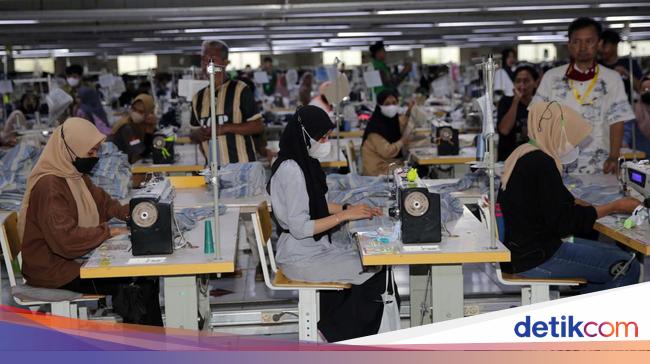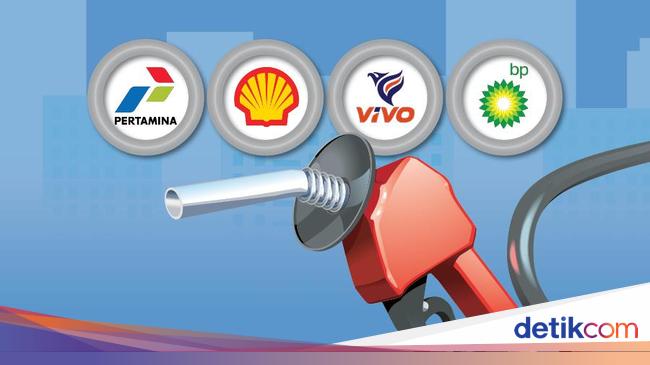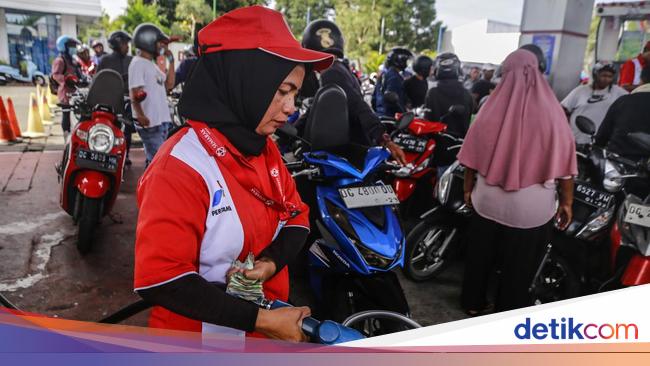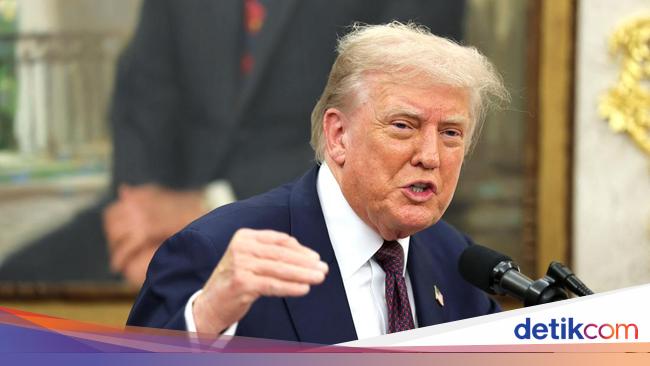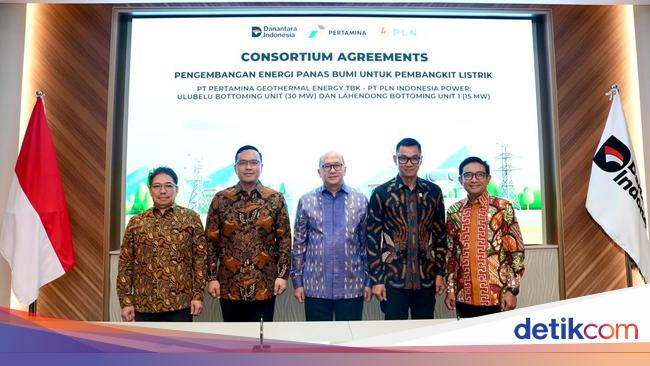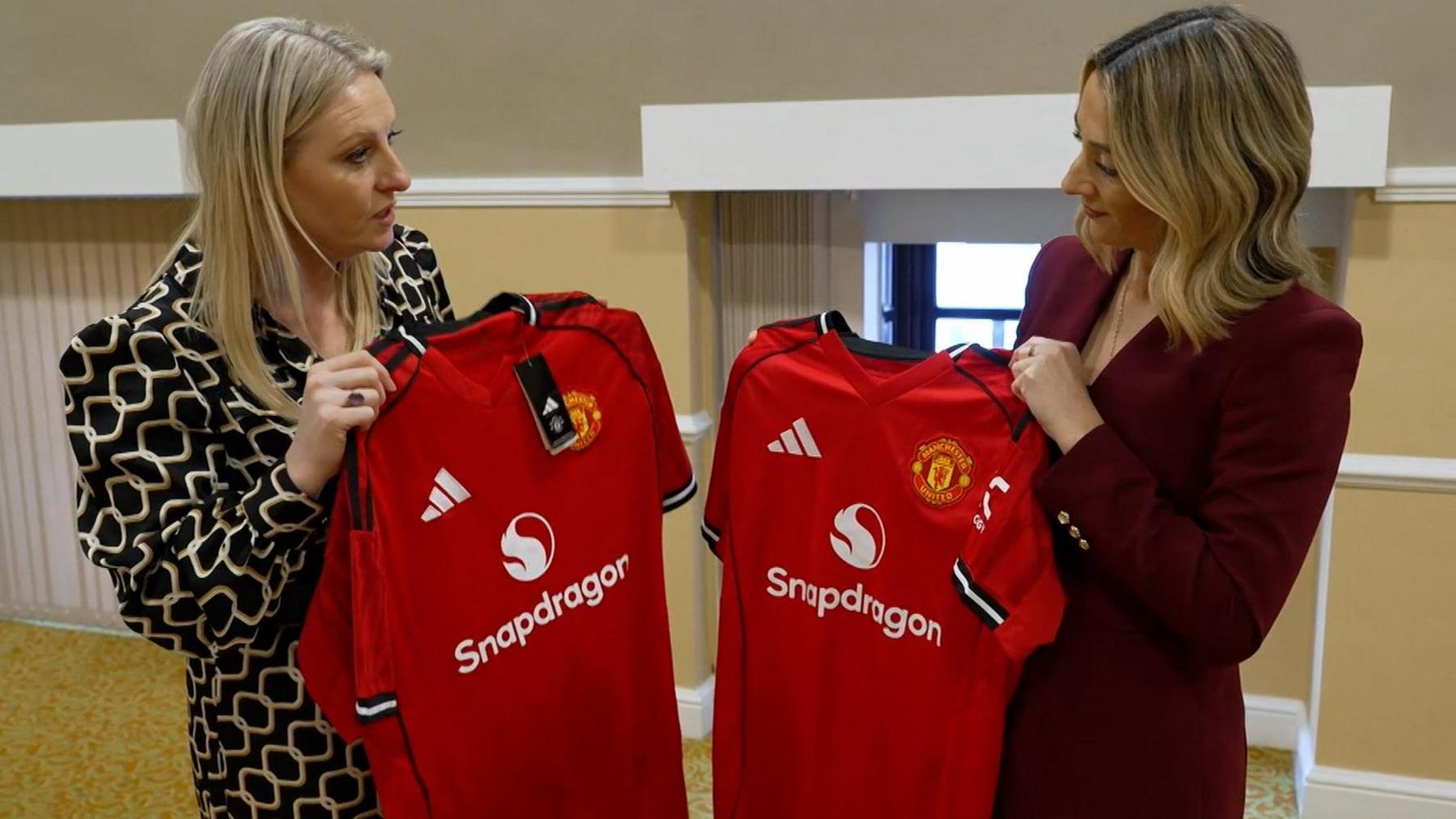
The counterfeit Manchester United shirt (left) looks almost identical to the replica (right)
ByJane Dougall
Sports correspondent
Side by side, there is no obvious difference between these two Manchester United shirts - but the genuine one would cost £85 to buy, and the other just £15.
Counterfeit football kits are not a new issue, but some experts have raised concerns that the sub-standard materials used in their manufacture could even be harmful.
"We just don't know what's in these kits - they could pose a health risk," says Louise Baxter-Scott from Trading Standards.
"They are poorly made but look legitimate, and the pressure of Christmas, plus the increase in cost of living creates a greater consumer vulnerability and pushes people towards a cheaper alternative."
And Chloe Long - deputy director general at the Anti-Counterfeiting Group - warns fake kits could even cause those wearing them to come out in a rash.
"Wearing that strip could cause irritation," she says. "It could even cause more significant problems - particularly if harmful toxins or dyes are used to manufacture those products."
Long has helped follow the supply chain of counterfeits, often originating from factories in China.
Asked if there is evidence of toxins in the fake strips, she says: "It's very difficult to know retrospectively what's been put into the product, but you can see in some instances that they could be harmful.
"And they don't follow any regulations. They're not bound by the same legalities and regulations the genuine manufacturers are."
Long says the counterfeiters have no morals, no standards, and the only thing they are motivated by is price.
"Whatever they can get their hands on to make this look as close to the real thing as possible, they will do that," she says.
"So you don't know what could happen when you put that in the washing machine with other products and, particularly if you're buying it for children, this is just not a risk that you should be taking."
'It could be really harmful' - are there health risks to buying counterfeit shirts?
Why are fans buying fake kits?
The answer in the vast majority of cases is simple - the cost.
The price of a men's adult Premier League shirt varies from £60-85. Add badges and personalise it with names, and you could be paying as much as £120.
More and more fans are finding those prices too expensive, and buying fakes online - mostly from websites based in China.
The BBC found several websites on which counterfeit shirts of every Premier League club were being sold for as little as £12.
And when we approached fans outside the top-flight match between Liverpool at Nottingham Forest at Anfield, almost everyone said thet had bought one.
"It's so easy to," said Liverpool supporter Finn, who is in his 20s. "Why would you spend £120 when you could get it for £20-25? And especially for people of my age group that maybe don't have that much money."
Another fan, who had travelled from Dublin with his two young sons, said official replica shirts were "far too expensive".
"If you buy the original brands, I think we're up to £70-£80 now even for a kids one," he said.
"But we had a bad experience recently [with a fake] in terms of the quality. It lasted a day."
All of the fans we spoke to knew where to source the fake kits from - and that they were very cheap - but none were aware some could be made with sub-standard materials that may be harmful.
And the Anti-Counterfeiting Group says buying from some of the websites could be incredibly risky, warning customers they could be giving their personal details to organised criminals, and supporting organised crime.
What's being done to stop counterfeit kits?
It's not illegal to buy fake kits in the UK, but it is against the law to sell them. Anyone caught could face a prison term of 10 years and an unlimited fine.
In figures given to the BBC, the Premier League revealed its anti-counterfeiting programme helped seize 1.1 million items - worth more than £70m - for the period covering the 2020-21 to 2024-25 seasons.
It also helped remove more than a million online listings of fake products - at an estimated value of £20.4m.
The Home Office says there is evidence that sales of fake kits spike in the lead-up to tournaments, with a rise expected before next summer's World Cup.
Why does the real thing cost what it does?
'The perfect storm' - Why are counterfeit shirts proving so popular?
Kit designer Rob Warner calls it a "perfect storm".
Warner used to work for sports brands Umbro and Puma, and helped design the strip Italy wore when they won the World Cup in 2006.
Warner says it costs about £10 to make an official replica. He says the mark-up is split between the club and brand, with the latter taking about £70%.
He acknowledges fans will find that hard to swallow, but adds a lot of technology and research go into the development of professional strips.
"The cost of making a product is more than the constituent parts," he says.
"You wouldn't walk into a restaurant and order a steak and chips and say: 'I'm not paying £20 for that - I could get a steak for £4 from the supermarket.' You're paying for the environment, you're paying for the chef.
"It's a similar sort of sort of thing with football kits."
Warner does appreciate the general quality of fake kits has improved.
"It can be hard, even for professional designers, to tell the difference," he says. "There are key things to look out for, but to all intents and purposes, your average consumer wouldn't notice.
"Then, with the price [of genuine kits] just continually going up every year... as much as I can present reasons why people shouldn't buy them, I can also understand why they do."
How to spot a fake
The Anti-Counterfeiting Group says if it's not on a reputable website and the price is suspiciously cheap, it probably isn't genuine.
James Humphrey, who runs a retro football kit shop in York, believes it's all in the labels.
"With most brands - like Adidas and Nike - they have a code and if you type it into a search engine, it will come up with a picture of that shirt," he says.
If a different shirt appears, Humphrey says, it's a fake.
"Another good sign to look out for is pen marks," he says. "In factories making fake football shirts, it's a person physically checking it, and they make a little tick with a pen on the label.
"With legit shirts made for Nike, for example, they don't check by hand."
Humphrey's business has been impacted by the explosion of counterfeit kits - and he's worried he may have to downsize or even close.
"It's a struggle anyway, with everything that's going on with the cost of living," he says.
"I'm not Manchester United or Real Madrid. I can't take the hit. The money that I make in the shop goes to pay my bills, my taxes.
"Every little bit, every less shirt sale, affects me every day, every week. "
For help and advice on how to beat scams, visit BBC Scam Safe 2025

 13 hours ago
3
13 hours ago
3
